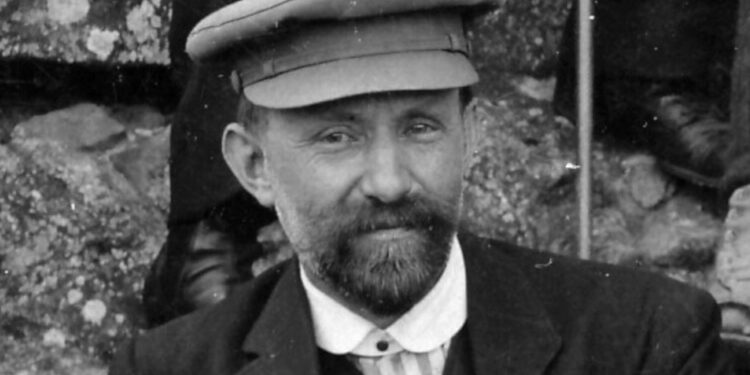November 22nd marks the 155th anniversary of the birth of the distinguished Polish-Georgian artist and public figure Henryk Hryniewski.
Hryniewski came from a family of an exiled Polish patriot who fought the Russian Empire. He was born in the western Georgian city of Kutaisi on November 22nd, 1869.
Having received his education in Italy and Germany, he played a pivotal role in establishing the Tbilisi State Academy of Arts and served as a mentor to the first cohort of architects and watercolorists.
Hryniewski, as a scholar and educator, was one of the first to engage in scholarly research on Georgian folklore and architecture. He made a significant contribution to the cultural developments of his time, revitalizing Georgian fine arts and promoting ties with Europe.

In Tbilisi, one can still admire many of Hryniewski’s artistic legacies. His designs can be seen in the façade and interior of the city’s architectural gems, including the Georgian National Library, and he also created the first illustrations for Ilia Chavchavadze’s works and painted the Kashveti Church of St George. Some of his artwork featured here is from the Reach Art Visual collection, showcasing his lasting influence.
Unfortunately, the Soviet regime, along with many other remarkable individuals of that era, sentenced him to death during the Great Purges of the 1930s. The man now recognized as one of the foremost connoisseurs and guardians of Georgian culture was left with an unmarked grave.
The few surviving original works of Hryniewski are currently housed in different museums and private art collections.
The work included in the article is from the Reach Art Visual collection.














